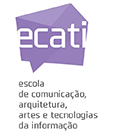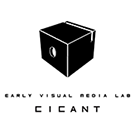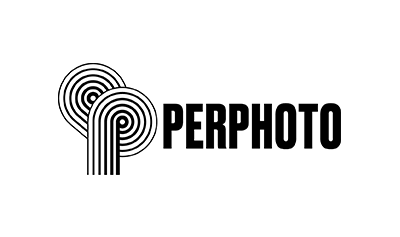Musik3DAR – Immersive Musical Orchestra with Augmented Reality [EN]
Sofia Nunes
This project covers the scope of audio engineering and music, more specifically, 3D sound environments, room acoustics and auralization/binaural listening. We implemented a didactic mobile app to understand and explore audio concepts related with musical instruments and acoustic environment, such as, sound spatialization, reverberation, wave reflection and material absorption coefcients.
The mobile app is launched through a menu that exposes the user to various ways to choose a virtual room to experience the sound of 3D instruments. These options include choosing from a list a virtual room similar to the actual room or by measuring the reverberation time of the real room you are in.
In this virtual world, the user is invited to explore the music from various 3D instruments which are placed in the scene forming an orchestra, observing them in their own room using AR mechanisms via mobile phone. If the user walks around these same instruments, he will hear the diferences in sound in diferent directions, as well as the room, which influences the hearing perception of the music, due to sound reflections in the room and musical instrument directivity characteristics. Therefore, the user can have the perspective of the musician in live performances. This can also be a didactic tool in a way that the user can mute, choose and/or move some instruments in the space, in a rehearsal class.
The project is implemented on Unity3D platform, with ArFoundation and ArCore to integrate AR and C#. The work is supported by Audio_and_Acoustics_Laboratory_of_ISEL.
I am 22 years old. I´ve been to a private feminine school up until college, where they greatly encouraged the world of sciences and engineering, and we were constantly receiving relevant visits and attending related presentations. I have great memories from this time, made friends for life, and even practiced ballet for 4 years! I have always been a greatly active person, physically. In fact, I enjoy fitness and dancing a lot, which is something present in my daily life. When enroling in high school, I chose to follow the Science and Technology course, and obtained great marks in the various national exams (including grade 20 in Descriptive Geometry and 19 in Mathematics A). Three years later, I entered the Computer and Multimedia Engineering course at the Instituto Superior de Engenharia de Lisboa (ISEL), in Lisbon. In this degree, I had contact with several programming languages and methodologies to carry out work related to computer science. Finally, I completed the degree in 3 years, and right after that I entered the master’s degree, where I am now. I have a great passion for arts, free design and graphic design, and want to reconcile that passion with the technological world, and continue to give wings to my unlimited creativity and imagination







